| |
Niniejsza lista państw, których terytoria i ludność są częścią Zjednoczone Europejskie Chrześcijaństwo, ma mieć charakter rzeczowy, nie krytyczny. Przedstawia ona, które terytoria są częścią Europejskie Chrześcijaństwo, a nie które powinny być. Nie jest tożsama z Kościołem. Kościół jest uniwersalny i wieczny. Zjednoczone Europejskie Chrześcijaństwo może zajmować 48 procent powierzchni lądów na Ziemi, może obejmować populację ok. 1.200.000.000 ludzi, którzy w ciągu 12 miesięcy w 2012 roku wytworzyli PKB o wartości 40.238.403.000.000 US$ (w przybliżeniu 56 procent światowego dochodu) i może przetrwać jako cywilizacja przez 50.000 lat, albo też krócej niż ta liczba dni. W każdym jednak razie Zjednoczone Europejskie Chrześcijaństwo nie będzie ani uniwersalna ani wieczna. Z Bożej łaski, Europejskie Chrześcijaństwo nie jest nawet synonimem Chrześcijaństwa. Wielu ludzi z innych cywilizacji jest chrześcijanami, i może lepszymi chrześcijanami – i bliżej Boga –, niż ci w obrębie Chrześcijaństwa Europejskiego. Państwa zamieszczone na niniejszej liście to (i) państwa, których populacja historycznie była i jest obecnie, w przeważającej większości, etnicznie europejska i Chrześcijańska – Chrześcijańska poprzez chrzest, przekonanie i samookreślenie – oraz (ii) państwa, które obecnie są zamieszkane, także w przeważającej większości, przez potomków Chrześcijaństwa Europejskiego. Wiele zostało i zostanie powiedziane i napisane o słowach i pojęciach w poprzednim zdaniu. Pewne dyskusje i, miejmy nadzieję, głębsze spostrzeżenia pojawią się także w filmie United European Christendom – Heal the Schism Now! (Zjednoczone Europejskie Chrześcijaństwo – Czas Zakończyć Schizmę!)¸ film traktuje jednak głównie o ponownym zjednoczeniu Kościoła. |
|
| |
|
|
| |
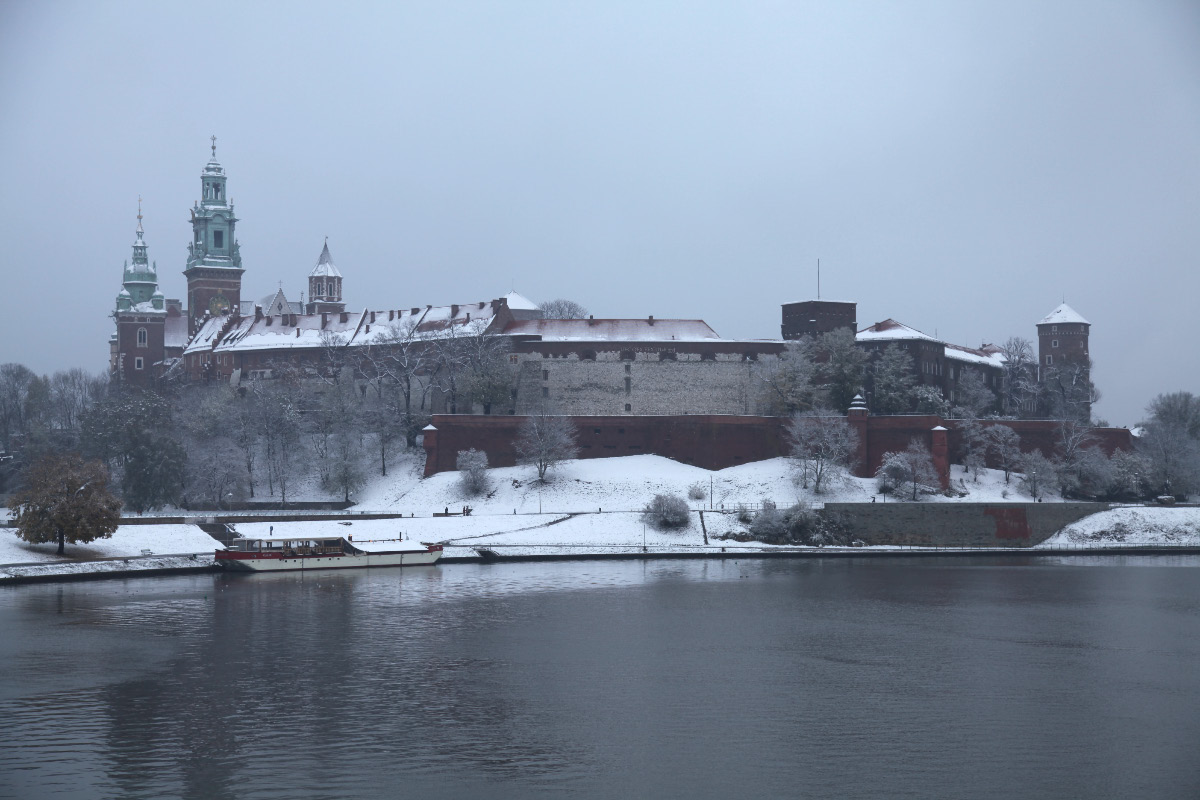 |
|
| |
Sorry, but in the film, we have Wawel Castle in all seasons, maybe all months. |
|
| |
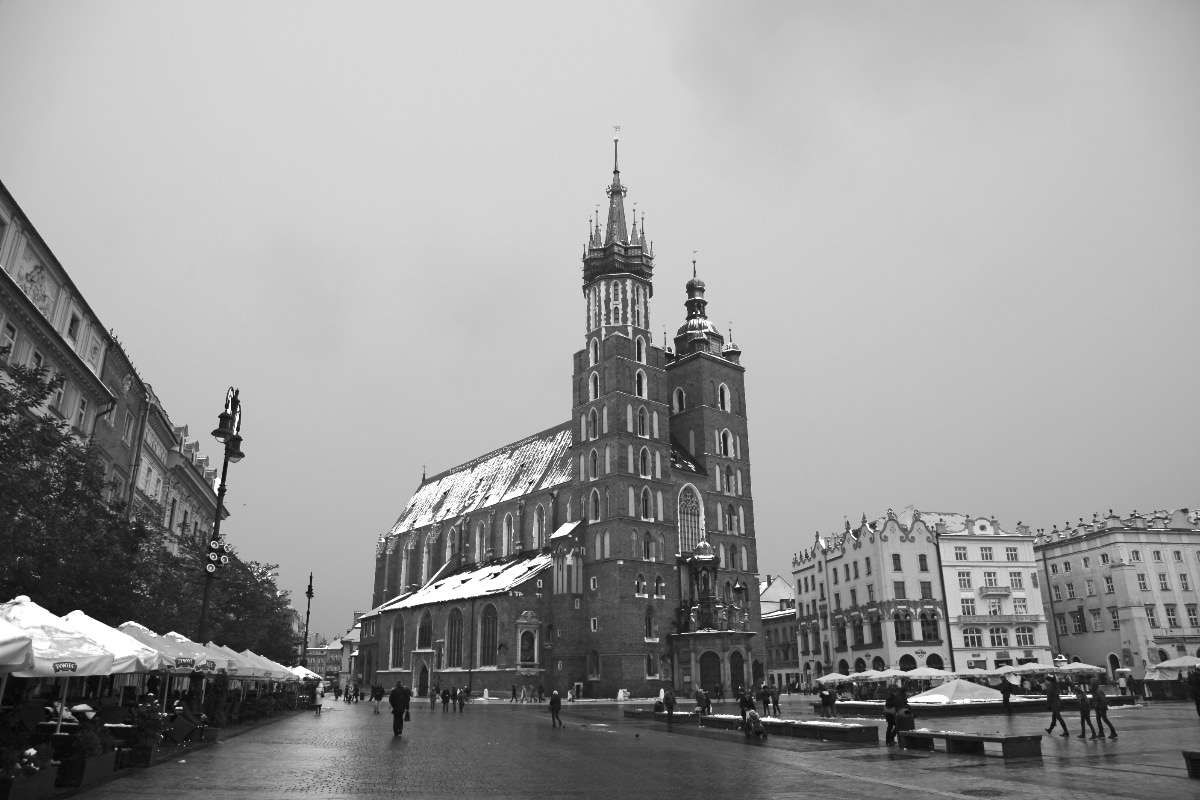 |
|
| |
Kościół Archiprezbiterialny Wniebowzięcia Najświętszej Maryi Panny – Kościół Mariacki – Basilica Church of the Assumption of the Blessed Virgin Mary |
|
| |
Here at dusk in Kraków on 28 X 2012, this beautiful gem impresses and transports no matter how often one has previously seen her. After being destroyed with the rest of the city in the Mongol Invasion of 1241, this 14th century Polish Cathedral Gothic Church so exquisitely adorns Kraków's Rynek Główny – Main Market Square, the largest of medieval European Christendom. Every hour on the hour a trumpeter has for centuries played the Hejnał Mariacki, breaking off in mid-tune, to commemorate the so immortalized 13th century trumpeter who was shot in the throat while sounding the alarm before the Mongol attack on the city. |
|
|
|
|
| |
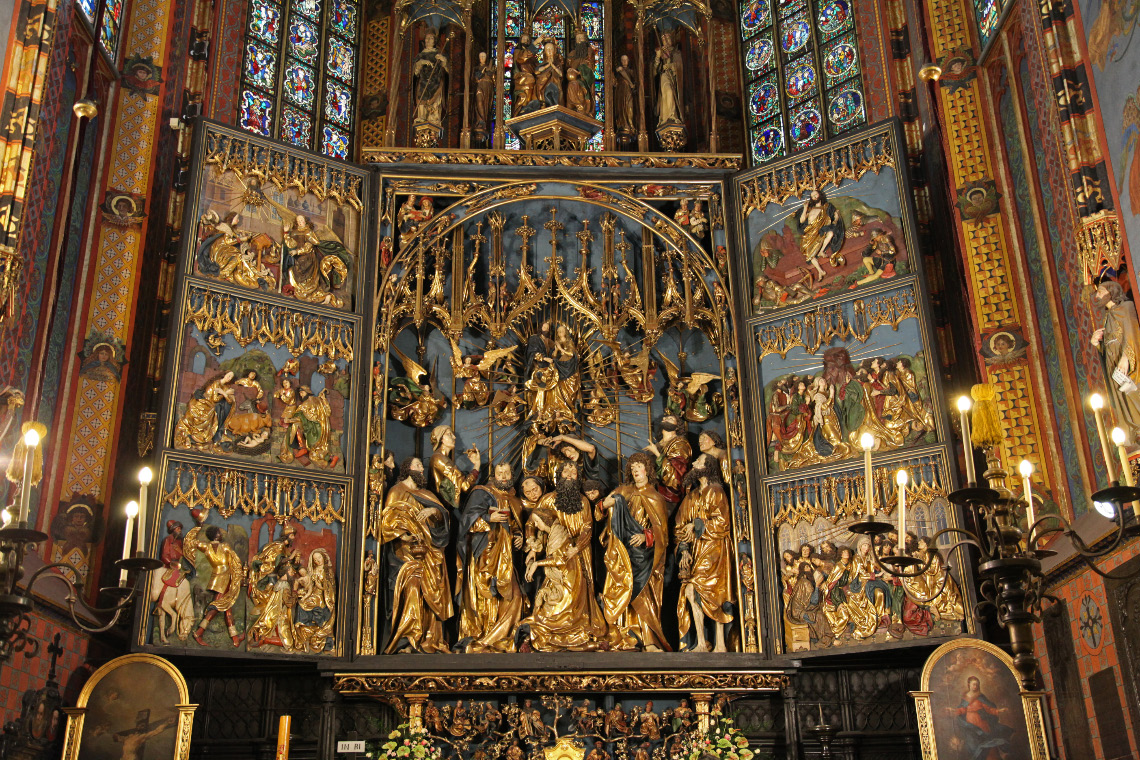 |
|
| |
Krakauer Hochaltar – Ołtarz Wita Stwosza – the Altarpiece of Veit Stoß: glorious national Gothic treasure of the Polish and German People and of all people of European Christendom and of Christendom universal. Wit Stwosz – Veit Stoß (* um 1447 in Horb am Neckar im Südwesten Baden-Württemberg – 1533 in Nürnberg †) created his 13 meters high and 11 meters wide triptych altarpiece masterwork in Krakow during the years from 1477 to 1489 for the Kościół Archiprezbiterialny Wniebowzięcia Najświętszej Maryi Panny – Basilica Church of the Assumption of the Blessed Virgin Mary, Kościół Mariacki. |
|
| |
Antemurale Christianitatis – Bulwark of Christianity |
|
| |
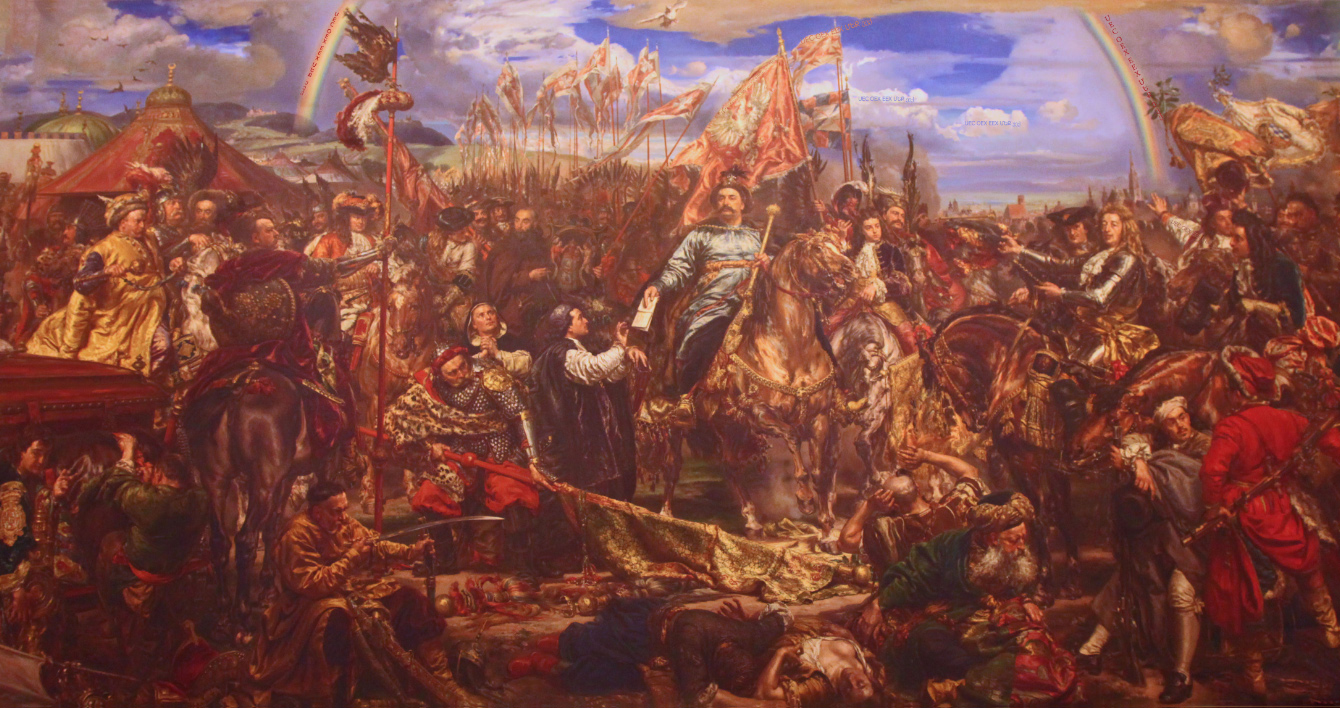
|
|
| |
|
The Christian victory over the invading Muslim Turks on 12 September 1683 at the walls of Vienna. The forces of the Holy Roman Empire and of the Polish–Lithuanian Commonwealth under the command of Jan III Sobieski, King of Poland and Grand Duke of Lithuania, were victorious over the larger Muslim Turkish forces that had laid seige to Vienna for the preceding two months. This was a decisive turning point in the, until then, 300 year struggle of European Christendom against the encroachments of the Muslim Turks. It is a victory which much of the atheist leadership within the European Union would like to reverse through demographic replacement by allowing Turkish entry into the European Union, a process paradoxically and perversely commenced with the 12 September 1963 Ankara Agreement. |
|
|
| |
Of course the “appeasers” thought firstly of their own countries as most statesmen do and are usually praised for doing. But they thought of others also. They doubted whether the peoples of eastern Europe would be best served by war. The British stand in September 1939 was no doubt heroic; but it was heroism mainly at the expense of others. The British people suffered comparatively little during six years of war. The Poles suffered catastrophe during the war, and did not regain their independence after it. In 1938 Czechoslovakia was betrayed. In 1939 Poland was saved. Less than one hundred thousand Czechs died during the war. Six and a half million Poles were killed. Which was better—to be a betrayed Czech or a saved Pole? [emphasis added] |
|
| |
|
Masterfully stated by
A.J.P. Taylor in his Origins of the Second World War (1961),
though anyone and everyone might readily make the same observation. |
|
|
|
|
| |
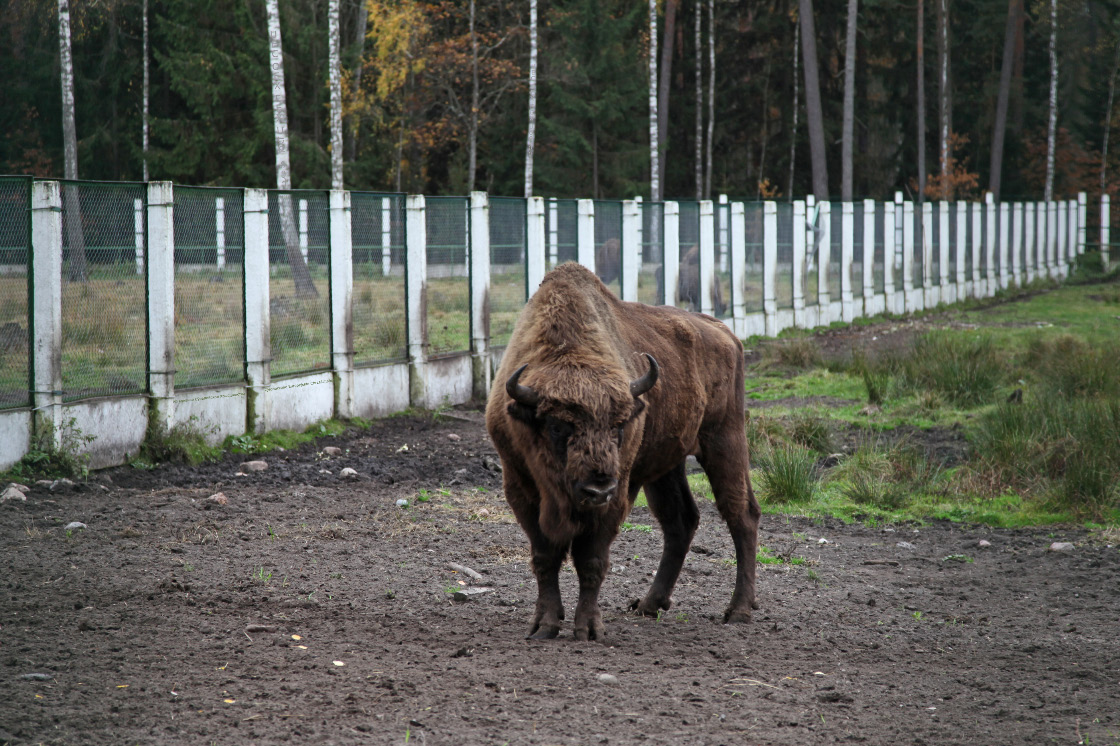 |
|
| |
Bison bonasus – Зубр еўрапейскі – Żubr europejski – European Bison |
|
| |
|
|
| |
Белавежская пушча – Białowieża Forest – Puszcza Białowieska, the microscopic remnant of the primeval forest which once spanned Europe, covers about 1,420 km². (Together, Poland and Belarus cover 520,274 km², 312,679 km² for Poland + 207,595 km² for Belarus.) Yes, we are lucky to have it. It is better than nothing. And there is talk of expanding slightly this tiny dot on the map of Europe. Presently about two thirds of the total land area lies in Belarus, but it is difficult to say exactly, as it is unclear how much of the forest is actually protected, especially on the Polish side, and, unbelievably, the Poles are still logging there, perhaps to the tune of 140,000 cubic meters of timber per year. Not to be outdone – in lowness that is – the authorities in Belarus are still allowing, actually encouraging, the shooting some of the few remaining bison. (Just the old ones.) Europe's largest animals, Białowieża Forest is home to about 800 of these majestic, herbivorous creatures. There may be more like 4500 Europe-wide, that is also world-wide. So in Europe, there are about 750,000,000 of us and about 4,500 of these bison, but this circumstance has not stopped some brave hunters from Germany, America and Russia from coming round and paying someone in Belarus for permission to shoot these animals. After all, it takes a real hero to apply 2 kilograms of pressure to a trigger and shoot a fenced-in, plant-eating animal. Clearly these men are kindred souls to George H.W. Bush and the rest of the intrepid gang over at Safari Club International. |
|
| |
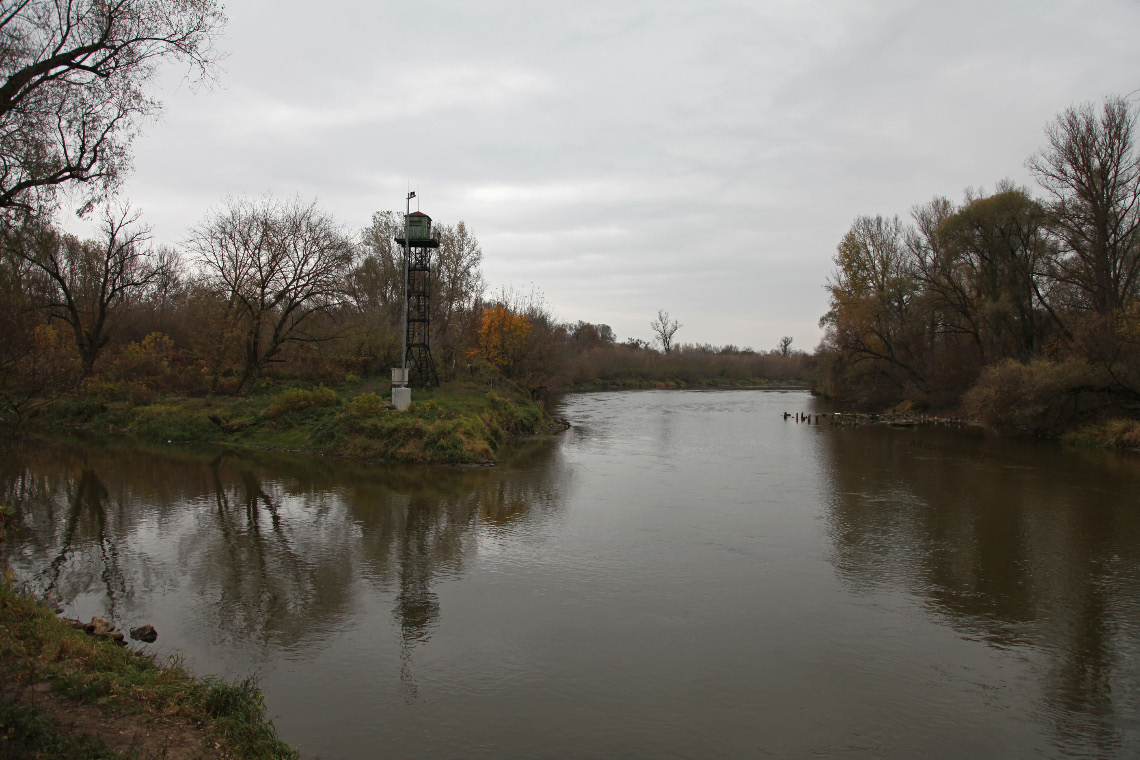 |
|
| |
Рака Заходні Буг – (Western) Bug River |
|
| |
|
|
| |
Just a Belrusian backwater? At one level, obviously yes. Pictured in the late afternoon of a day in late October of 2012 is the Рака Заходні Буг – (Western) Bug River at the point (nearly immediately next to the Брэсцкая Крэпасць – Twierdza Brzeska – Brest Fortress) when she is met by her tributary, the 113 km long Рака Мухавец – Muchawiec – Mukhavets River (at the viewer's left) flowing into her right bank. Standing here fishing, one is hundreds, not thousands, of meters from the border of Belarus with Poland and the European Union. Flowing generally northward, and emptying into the Baltic Sea, at 772 kilometers in length the Bug would be an important European River at all events, but for European history, and especially for our theme — the most important for European history and civilization — the Bug River has special significance, as she stands as something of a boundary between those two parts of the Orthodox-Catholic Church, the Catholic Church and the Orthodox Churches, which should be united and in full Communion, but which are not, yet. And over the centuries she has flowed within lands controlled variously by Kievan Rus'; the Kingdom of Poland (from 1340); the Polish-Lithuanian Commonwealth (from 1569); the Austro-Hungarian Empire over her southern courses and the Russian Empire over her northern courses from 1772; the Second Polish Republic (from 1918); and sadly the Bolshevik-inspired Soviet Regime (from 1944). By agreement, the Bug River served as the line dividing the Soviet and the Nazi forces and regimes after (and during) their joint Invasion of Poland, 1 September 1939 through 6 October 1939. These days she marks the boundary between Poland and the Ukraine over 185 kilometers of her length and between Poland and Belarus for 178 kilometers of her length. |
|
|